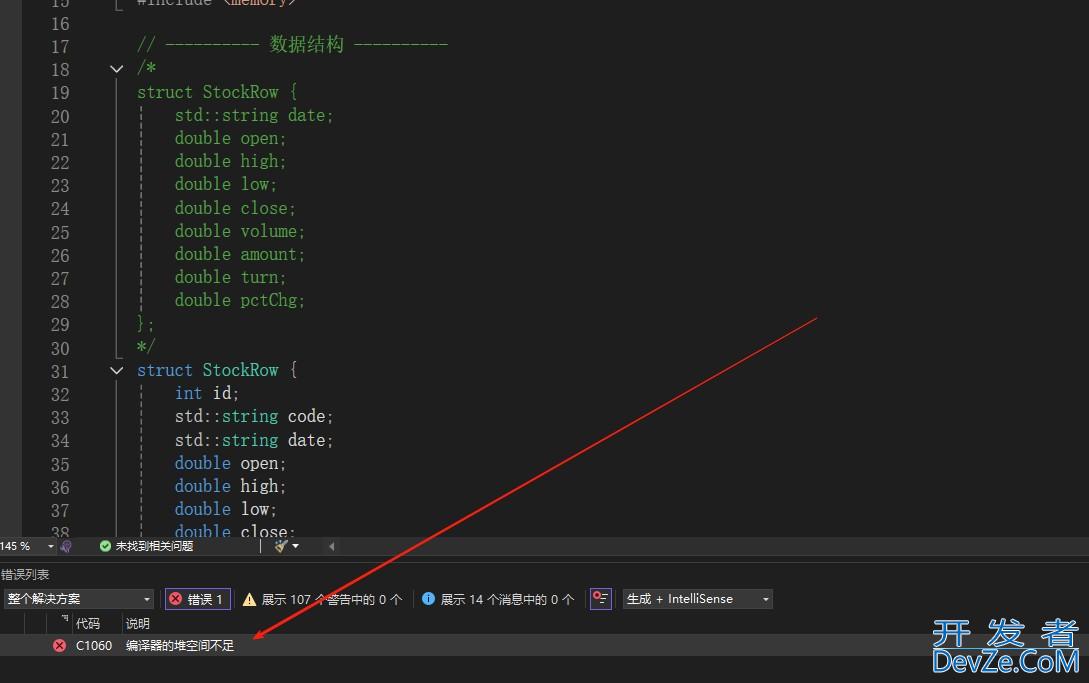Python Opencv实现图片切割处理
本文实例为大家分享了python Opencv实现图片的切割处理,供大家参考,具体内容如下
Opencv对图片的切割:
方法一:
import os
from PIL import Image
def splitimage(src, rownum, colnum, dstpath):
img = Image.open(src)
w, h = img.size
if rownum <= h and colnum <= w:
print('Original image info: %sx%s, %s, %s' % (w, h, img.format, img.mode))
print('开始处理图片切割, 请稍候...')
s = os.path.split(src)
if dstpath == '':
dstpath = s[0]
fn = s[1].split('.')
basename = fn[0]
ext = fn[-1]
num = 0
rowheight = h // row编程客栈num
colwidth = w // colnum
for r in range(rownum):
for c in range(colnum):
box = (c * colwidth, r * rowheight, (c + 1) * colwidth, (r + 1) * rohttp://www.cppcns.comwheight)
img.crop(box).save(os.path.join(dstpath, basename + '_' + str(num) + '.' + ext), ext)
num = num + 1
print('图片切割完毕,共生成 %s 张小图片。' % num)
else:
print('不合法的行列切割参数!')
src = input('请输入图片文件路径:')
if os.path.isfile(src):
dstpath = input('请输入图片输出目录(不输入路径则表示使用源图片所在目录):')
if (dstpath == '') or os.path.exists(dstpath):
row = int(input('请输入切割行数:'))
col = int(input('请输入切割列数:'))
if row > 0 and col > 0:
splitimage(src, row, col, dstpath)
else:
print('无效的行列切割参数!')
else:
print('图片输出目录 %s 不存在!' % dstpath)
else:
print('图片文件 %s 不存在!' % src)
方法二:
# coding=utf-8
import numpy as np
import cv2
from PIL import Image
image = cv2.imread("../staticimg/oldimg_04.jpg")
b = np.array([[0,248], [512,254], [512,512],[0,512]], dtype = np.int32)
c = np.array([[0,0], [512,0], [512,254],[0,248]], dtype = np.int32)
roi_t = []
roi_c = []
for i in range(4):
roi_t.append(b[i])
roi_c.append(c[i])
roi_t = np.asarray(roi_t)
roi_t = np.expand_dims(roi_t, axis=0)
im = np.zeros(image.shape[:2], dtype="uint8")
cv2.polylines(im, roi_t, 1, 255)
cv2.fillPoly(im, roi_t, 255)
roi_c = np.asarray(roi_c)
roi_c = np.expand_dims(roi_c, axis=0)
imc = np.zeros(imahttp://www.cppcns.comge.shape[:2], dtype="uint8")
cv2.polylines(imc, roi_c, 1, 255)
cv2.fillPoly(imc, roi_c, 255)
mask = im
maskc = imc
maskedtop = cv2.bitwise_and(image,image,mask=mask)
maskedbody = cv2.bitwise_and(image,image,mask=maskc)
imp = Image.fromarray(image)
arraytop = np.zeros((maskedtop.shape[0], maskedtop.shape[1], 4), np.uint8)
arraybody = np.zeros((maskedbody.shape[0], maskedbody.shape[1], 4), np.uint8)
arraytop[:, :, 0:3] = maskedtop
arraybody[:, :, 0:3] = maskedbody
arraytop[:, :, 3] = 0
arraytop[:,:,3][np.where(arraytop[:,:,0]>2)]=255
arraytop[:,:,3][np.where(arraytop[:,:,1]>2)]=255
arraytop[:,:,3][np.where(arraytop[:,:,2]>2)]=255
print(arraytop.max())
image_1 = Image.fromarray(arraytop)
image_1.save("666.jpg","PNG")
arraybody[:, :, 3] = 0
arraybody[:,:,3][np.where(arraybody[:,:,0]>2)]=255
arraybody[:,:,3][np.where(arraybody[:,:,1]>2)]=255
arraybody[:,:,3][np.where(arraybody[:,:,2]>2)]=255
print(arraybody.max())
image_2 = Image.fromarray(arraybody)
image_2.save("888.jpg","PNG")
# cv2.imwrite("333.jpg",maskedtop)
# cv2.imwrite("222.jpg",maskedbody)
# ---------------------
# def cut_img(image, array_points,array_points2):
# b = np.array(array_points, dtype=np.int32)
# c = np.array(array_points2, dtype=np.int32)
#
# roi_t = []
# roi_c = []
# for i in range(2):
# rhttp://www.cppcns.comoi_t.append(b[i])
# roi_c.append(c[i])
#
# roi_t = np.asarray(roi_t)
# roi_t = np.expand_dims(roi_t, axis=0)
# im = np.zeros(image.shape[:2], dtype="uint8")
# cv2.polylines(im, roi_t, 1, 255)
# cv2.fillPoly(im, roi_t, 255)
#
# roi_c = np.asarray(roi_c)
# roi_c = np.expand_dims(roi_c, axis=0)
# imc = np.zeros(image.shape[:2], dtype="uint8")
# cv2.polylines(imc, roi_c, 1, 255)
# cv2.fillPoly(imc, roi_c, 255)
# mask = im
# maskREYlZvPc = imc
# kk = cv2.bitwise_and(image,image,mask=mask)
# kkc = cv2.bitwise_and(image,image,mask=maskc)
# cv2.imwrite("333.jpg",kk)
# cv2.imwrite("222.jpg",kkc)
# return cv2.bitwise_and(image, image, mask=mask)
以上就是本文的全部内容,希望对大家的学习有所帮助,也希望大家多多支持我们。






 加载中,请稍侯......
加载中,请稍侯......
精彩评论